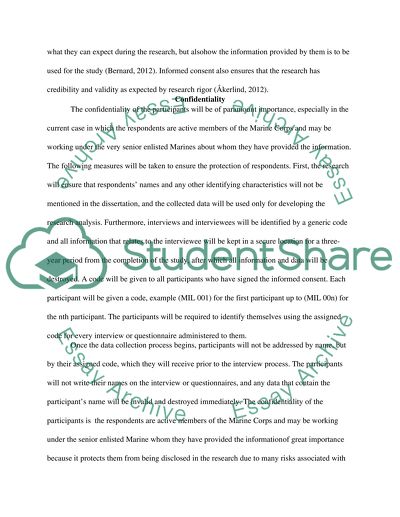Cite this document
(“Destructive Leadership in the Military - Chapter 3 Dissertation”, n.d.)
Retrieved from https://studentshare.org/military/1472263-destructive-leadership-in-the-military-chapter
Retrieved from https://studentshare.org/military/1472263-destructive-leadership-in-the-military-chapter
(Destructive Leadership in the Military - Chapter 3 Dissertation)
https://studentshare.org/military/1472263-destructive-leadership-in-the-military-chapter.
https://studentshare.org/military/1472263-destructive-leadership-in-the-military-chapter.
“Destructive Leadership in the Military - Chapter 3 Dissertation”, n.d. https://studentshare.org/military/1472263-destructive-leadership-in-the-military-chapter.


